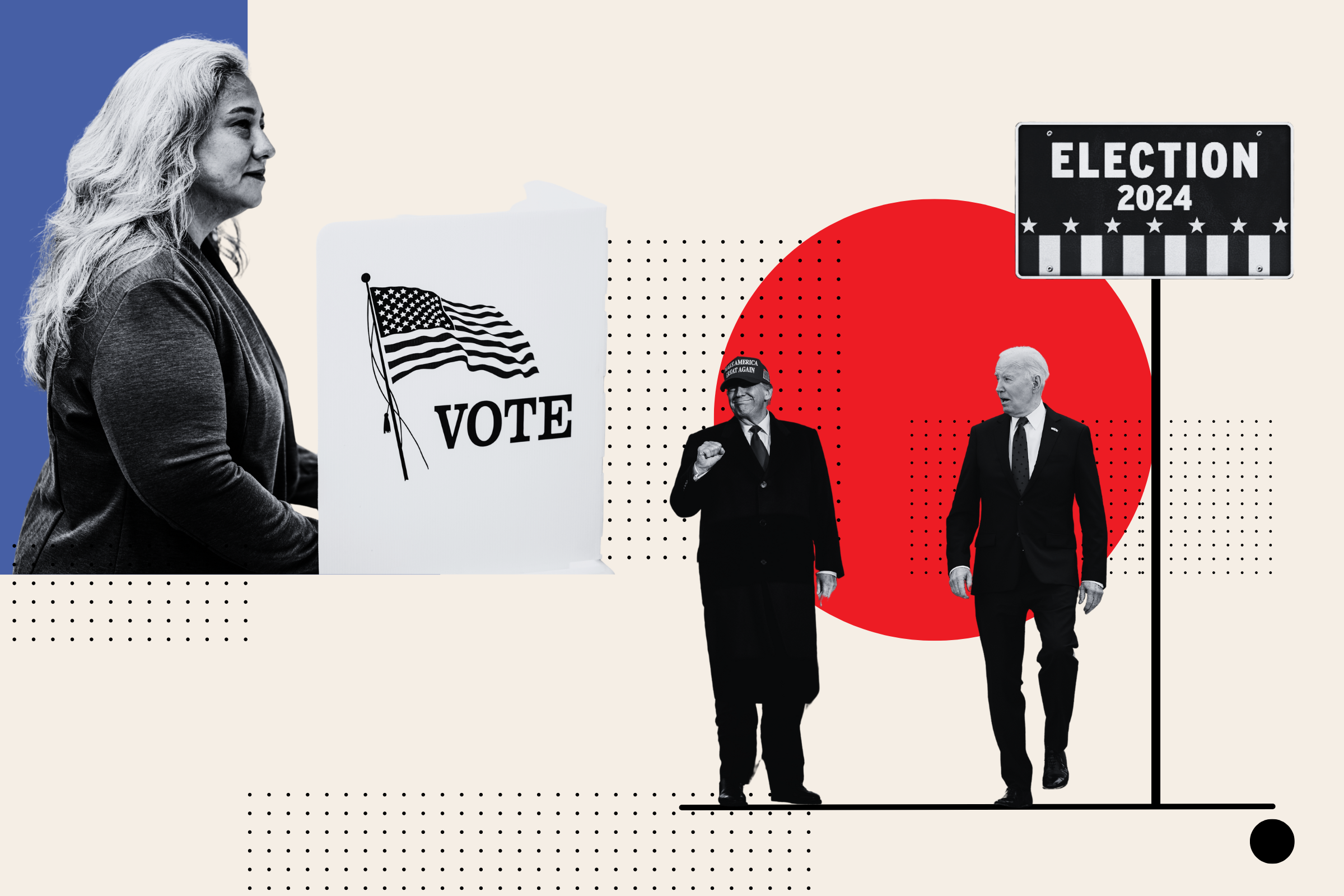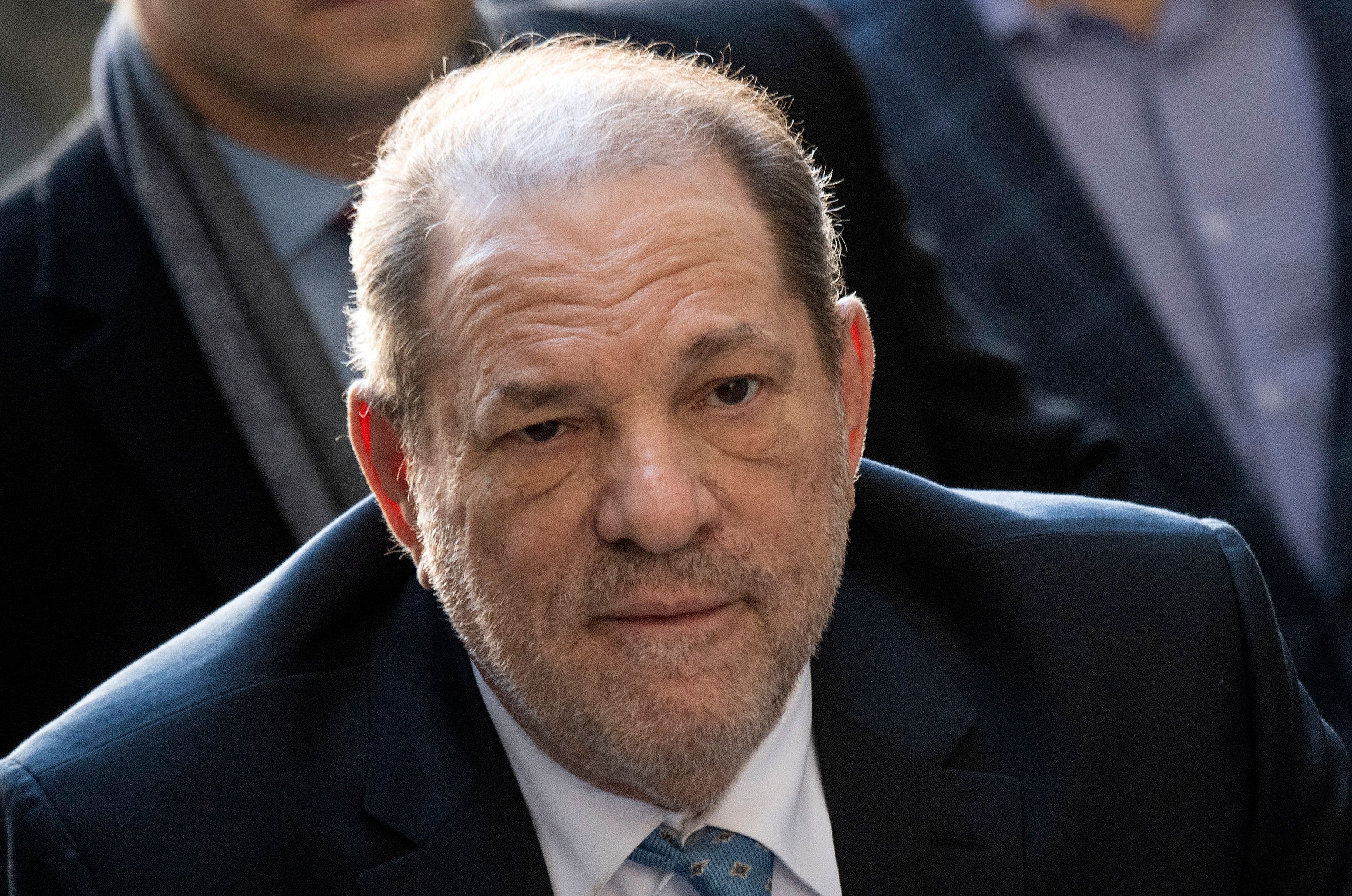
This article first appeared on the Verdict site.
Lately, there has been a lot of chatter about the so-called "Ferguson Effect." Yet the commentary has generated more heat than light. Perhaps we can do better.
The tag, popularized by conservative commentator Heather MacDonald at the Manhattan Institute, hypothesizes a relationship between public scrutiny of police violence and rising violent crime rates.
The idea is simple. Under attack by an enraged citizenry, the police in many cities—according to MacDonald—have abandoned the "proactive" strategies like Zero Tolerance that kept violence at bay; as police retreat, criminals advance, and crime rates rise.
MacDonald's speculations are crack cocaine to the "tough on crime" junkies. By suggesting a causal link between scrutiny of the police and rising crime, she legitimizes saturation policing and vilifies lawful dissent in one stroke. Worse, by connecting crime to protest, she implies that blacks should be quiescent and docile. To MacDonald, blacks who take to the streets have unleashed crime by hobbling law enforcement, and all would be well if they just shut up and let the police do their job.
Finally, by envisioning the inner city as a jungle that teems with a barely controlled violence, she reinforces the racialized stereotype that blacks are inherently violent and incapable of self-governance. Theirs is a world of chaos and darkness; the only thing that stands between us and them is the thin blue line, which we dismantle at our peril.
MacDonald's argument has not gone unanswered. Many have pointed out, for instance, that crime rates tick up or down for a variety of reasons, and it is at best woefully premature to attribute the recent changes in the violent crime rate to protests following high-profile shootings.
Besides, while there is no question that murder and violent crime rates have recently climbed, most of that rise is attributable to steep increases in a few cities, especially Chicago. In other cities, rates have continued to fall.
Meanwhile, three sociologists have recently proposed an alternative explanation for rising crime. In an article in the American Sociological Review, and later in an op-ed in The New York Times, Matthew Desmond, Andrew Papachristos and David Kirk maintain that when the police engage in widely publicized brutality in poor urban neighborhoods, residents become less likely to call 911 for assistance by the police.
They point to data in Milwaukee, where 911 calls fell by an estimated 32,000 in the year after an especially high profile case of police brutality. What MacDonald attributes to a retreat by the police, these scholars attribute to a retreat by citizens, which leads to fewer solved crimes.
"Publicized cases of police violence...thwart the suppression of law breaking, obstruct the application of justice, and ultimately make cities as a whole, and the black community in particular, less safe."
(MacDonald has responded to this research, arguing that both crime and 911 calls are up in Chicago, a bare 90 miles from Milwaukee, despite the release of the video that showed a Chicago officer killing Laquan McDonald. For MacDonald, the better explanation for the rise in violent crime in Chicago lies in the fact that "proactive policing" has ground nearly to a halt. "Pedestrian stops are down 82 percent through Sept. 27, compared with the same period last year.")
But all of this misses at least half the point. Let us assume there is in fact a Ferguson Effect, though I stress it is far too early to tell. Is that alone enough to justify a return to "proactive policing"?
Shouldn't we ask instead whether the cost associated with an increase in some violent crime is offset by the benefits associated with a decrease in saturation policing?
MacDonald wants a return to strategies like the New York stop-and-frisk program. Before we endorse that solution, shouldn't we carefully weigh the cost of these strategies?
Baltimore, like New York, tried saturation policing with a vengeance. From 1999 to 2007, under the leadership of former Baltimore Mayor (and later Maryland Governor and presidential candidate) Martin O'Malley, Baltimore police stopped practically anything that moved.
In 2005 alone, they made over 100,000 arrests, or roughly one in six city residents. And like in New York, these arrests were typically accompanied by a protective frisk or search incident to arrest: pockets emptied and belongings strewn on the street, identification demanded and scrutinized, name run through databases for outstanding violations, no matter how minor. Mutual suspicion and animosity pervaded the entire encounter.
Just like in New York, the majority of these interactions did not produce evidence of criminal activity, except perhaps the "crime" that justified the original stop. And so the person typically walked away humiliated in his own community, furious at the police and socked with a summons for jaywalking when he knew full well that none of this would've happened in a different (white) neighborhood.
Yet most people who were humiliated by the Baltimore police could count themselves lucky. At least they were not taken into custody.
At about 8:30 p.m., on Friday, April 15, 2005, Evan Howard was standing on the sidewalk in front of his Baltimore home, chatting with his friend Tyrone Braxton. Howard, 18, was a student at Morgan State University, where he was studying engineering. Braxton, a year older, was a graduate of Carver Vocational Technical High School.
As they spoke, two plainclothes Baltimore police officers pulled behind Braxton's car and approached them to ask about a recent homicide. The officers were apparently not satisfied with their response. They frisked the two, placed them in handcuffs and arrested them for loitering and blocking the flow of pedestrian traffic. Neither Braxton nor Howard had a criminal record. In fact, the two young men had never been arrested.
They were taken to the Baltimore city jail, placed in a holding cell, and told to wait. After about an hour, their ordeal took a turn for the worse. They were ordered to strip to their underpants, face the wall, pull their underpants down and submit to a visual cavity search. The search revealed no contraband.
Afterward, they were taken to a small cell. It was filthy and overcrowded. They were about 10 other prisoners in the cell with them. The two spent the night squatting on the floor.
The next morning, about 12 hours after their arrest, they were taken to a different cell. It was a little bigger than the first, but far more crowded and equally filthy. Prisoners came and went. Sometimes, the cell swelled to 20 inmates; other times, it dropped to about 15.
And here, they simply waited. All day Saturday and all Saturday night. One again, they spent the night squatting on the floor. Three times a day, jailers delivered what looked like it might've been bologna sandwiches—shiny and slimy meat slapped between two slices of white bread.
Braxton was finally released Sunday morning, around 10:00 a.m., after roughly 36 hours in jail. Howard was not released until the predawn hours of Monday morning, after spending about 54 hours in jail for the apparently unpardonable offense of standing on the sidewalk in front of his home, chatting with a friend. Neither was ever charged with a crime or brought before a judge.
Zero tolerance in Baltimore dramatically intensified the atmosphere of hostility and mistrust between law enforcement and the community. In surveys conducted by the Baltimore Police Department in 2012, residents were asked whether they were satisfied with the police in five categories: police presence, responsiveness, approachability, professionalism and preventing crime. In only one category—police presence—did law enforcement manage an approval rating above 50 percent, and then only by a single point.
Another survey of community leaders in 2013 was even more dispiriting. Substantially fewer than half thought the Baltimore police applied the law fairly, made fair and impartial decisions, understood and identified with the community, considered the views of those with whom they interacted, or applied the law regardless of race. Barely more than half thought they treated people with dignity and respect.
And the problem goes both ways. A 2013 survey of Baltimore police officers revealed an extraordinarily high level of frustration. Fewer than one in five officers thought their efforts were supported by the community, only one in seven thought discipline in the department was fair, consistent and effective and, astonishingly, fewer than one in 10 thought morale in the department was good.
This is what MacDonald wants to bring back.
Finally, in deciding whether to heed her call, we should bear one more point in mind. As I have repeatedly argued, crime—and especially violent crime—is hyper-concentrated. The majority of violent crime is committed by a tiny number of people who are part of overlapping social networks, and who victimize each other at a comparably tiny number of addresses. Year after year, most people and most locations are completely crime-free.
In light of this hyper-concentration, the best use of police and municipal resources would focus creatively on the few who cause such mayhem and leave the rest of the community alone.
But if law enforcement refuses to follow this sensible course, can't a community opt to accept an uptick in violent crime that is concentrated within a small fraction of the community in exchange for an end to saturation policing that sweeps thousands of innocent residents into the grasp of the carceral state for no good reason?
Clearly a community wants and deserves both an end to saturation policing and a creative response to violence, but if it cannot have both, can't it choose an end to "proactive policing"?
On balance, it is not evident to me that a community would be worse off if it opted for such a course. In any case, isn't that a choice the community should make? Who is Heather MacDonald to say how a community should be policed? It seems to me a community is best off when it decides for itself, rather than when someone outside the community decides for it, like some colonial overlord.
We don't yet know if there's a Ferguson Effect. But we sure as hell know there's a Zero Tolerance effect. It's a destructive effect that wreaks havoc on poor communities of color. They have every right to trade one for the other.
Joseph Margulies is a professor of law and government at Cornell University. He is the author of What Changed When Everything Changed: 9/11 and the Making of National Identity (Yale 2013) and is also counsel for Abu Zubaydah, for whose interrogation the torture memo was written.
Uncommon Knowledge
Newsweek is committed to challenging conventional wisdom and finding connections in the search for common ground.
Newsweek is committed to challenging conventional wisdom and finding connections in the search for common ground.
About the writer
To read how Newsweek uses AI as a newsroom tool, Click here.








